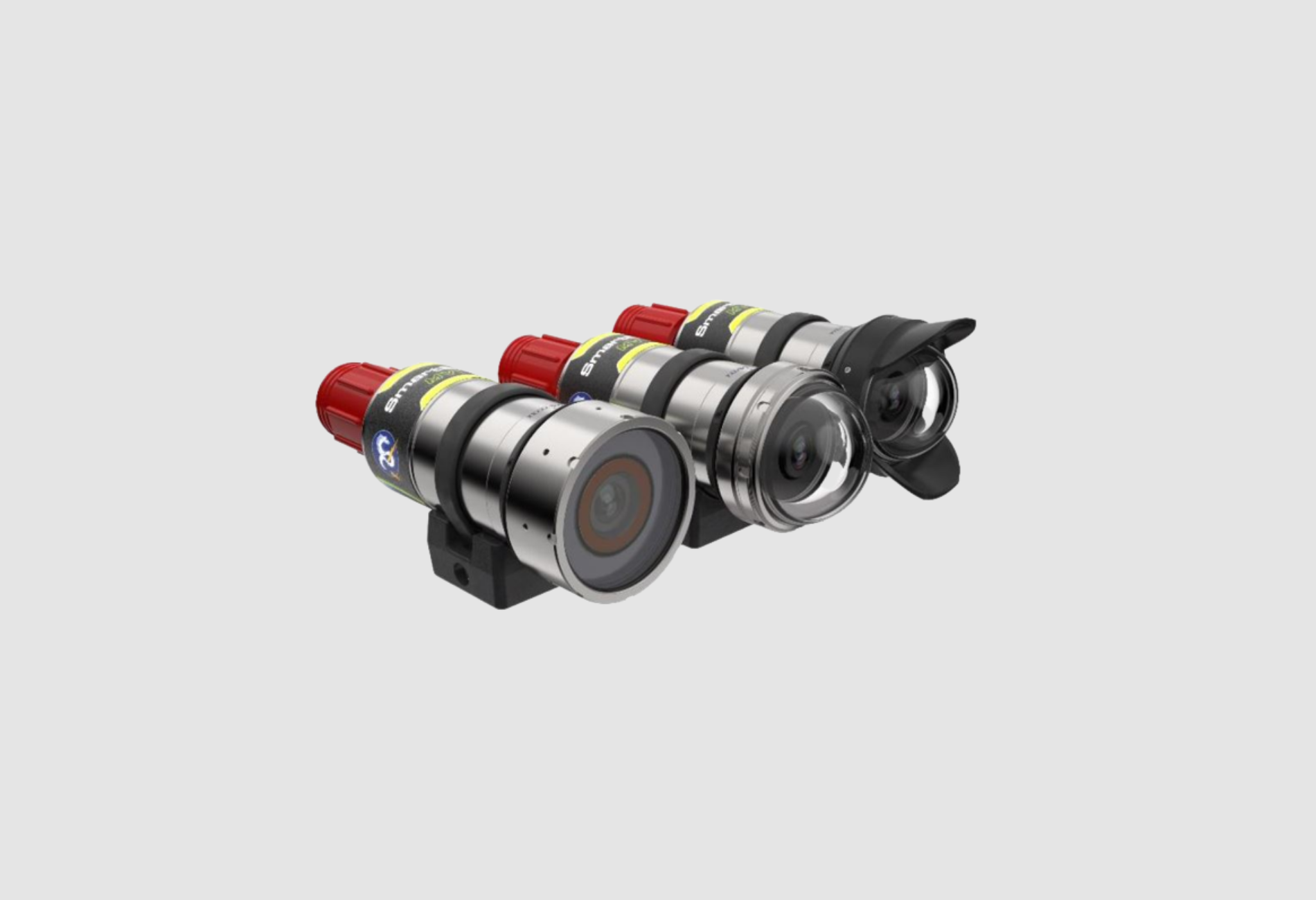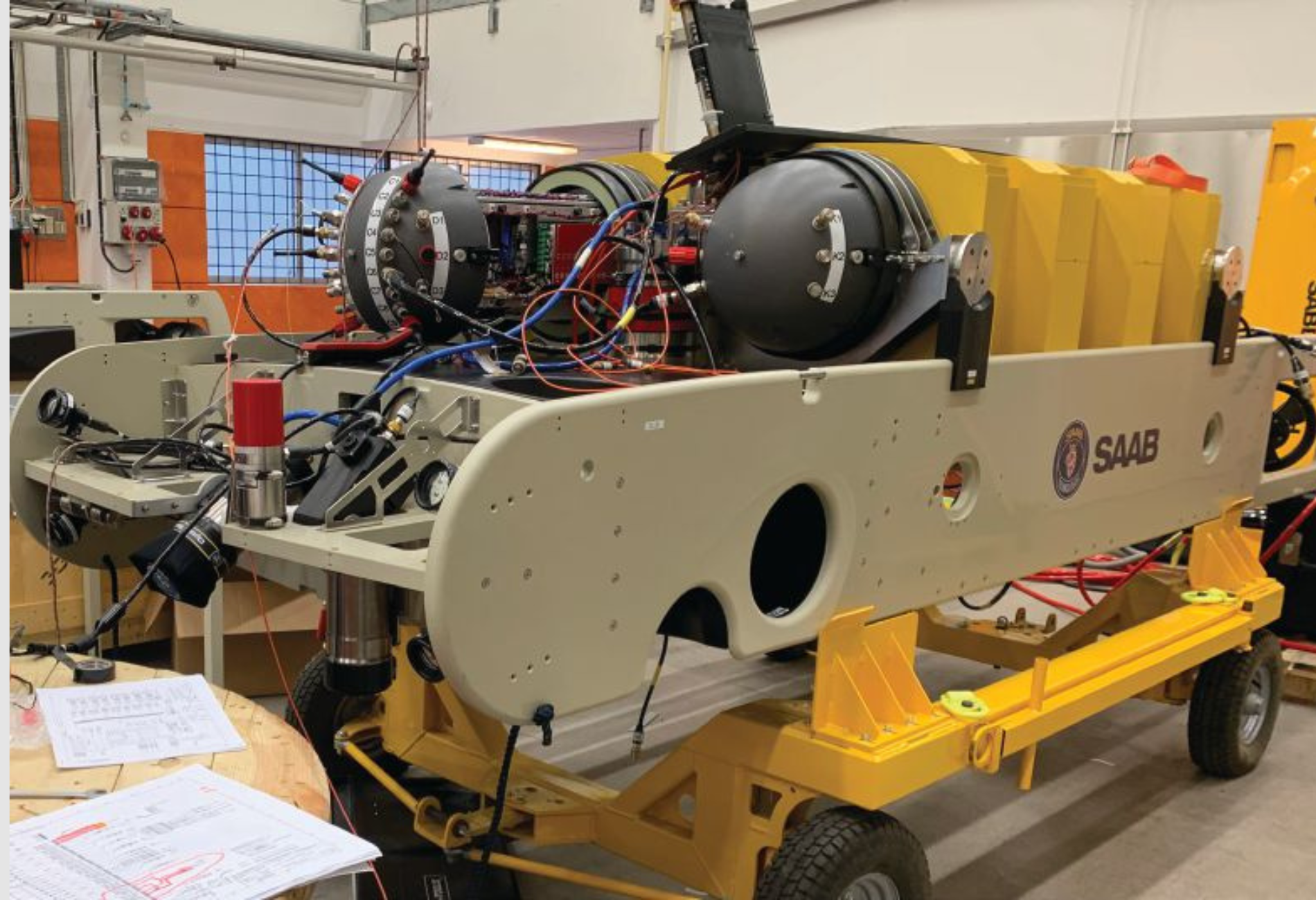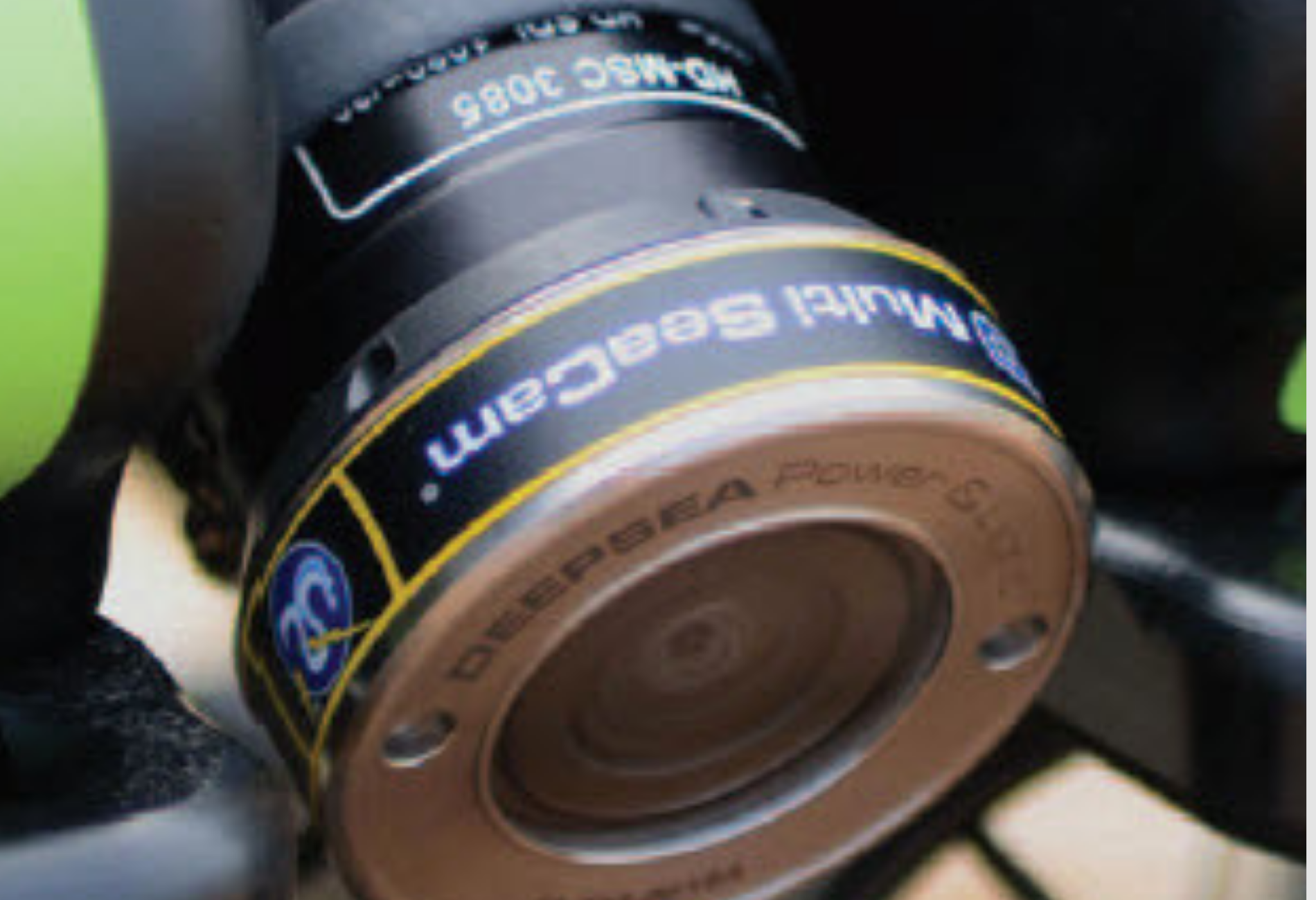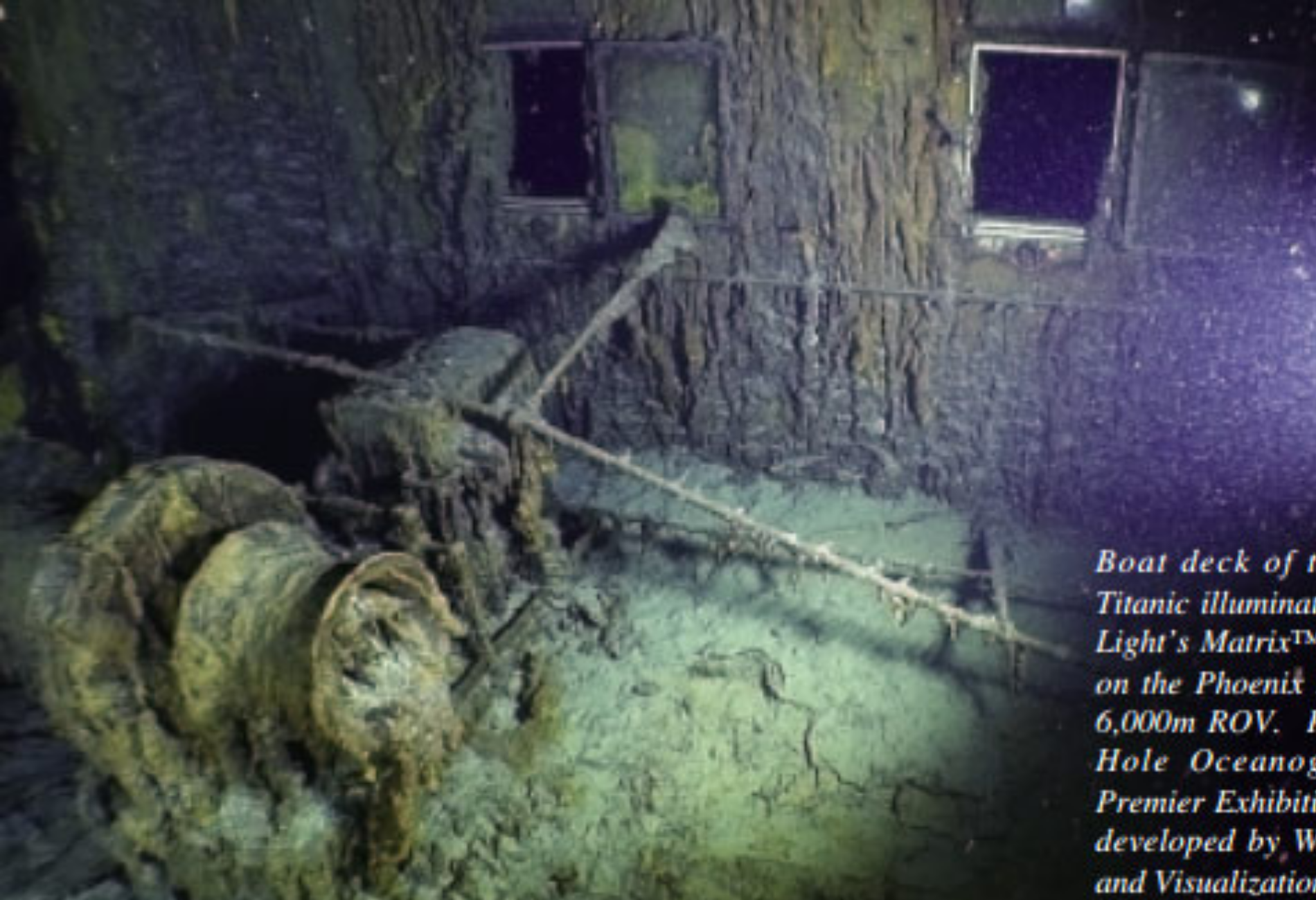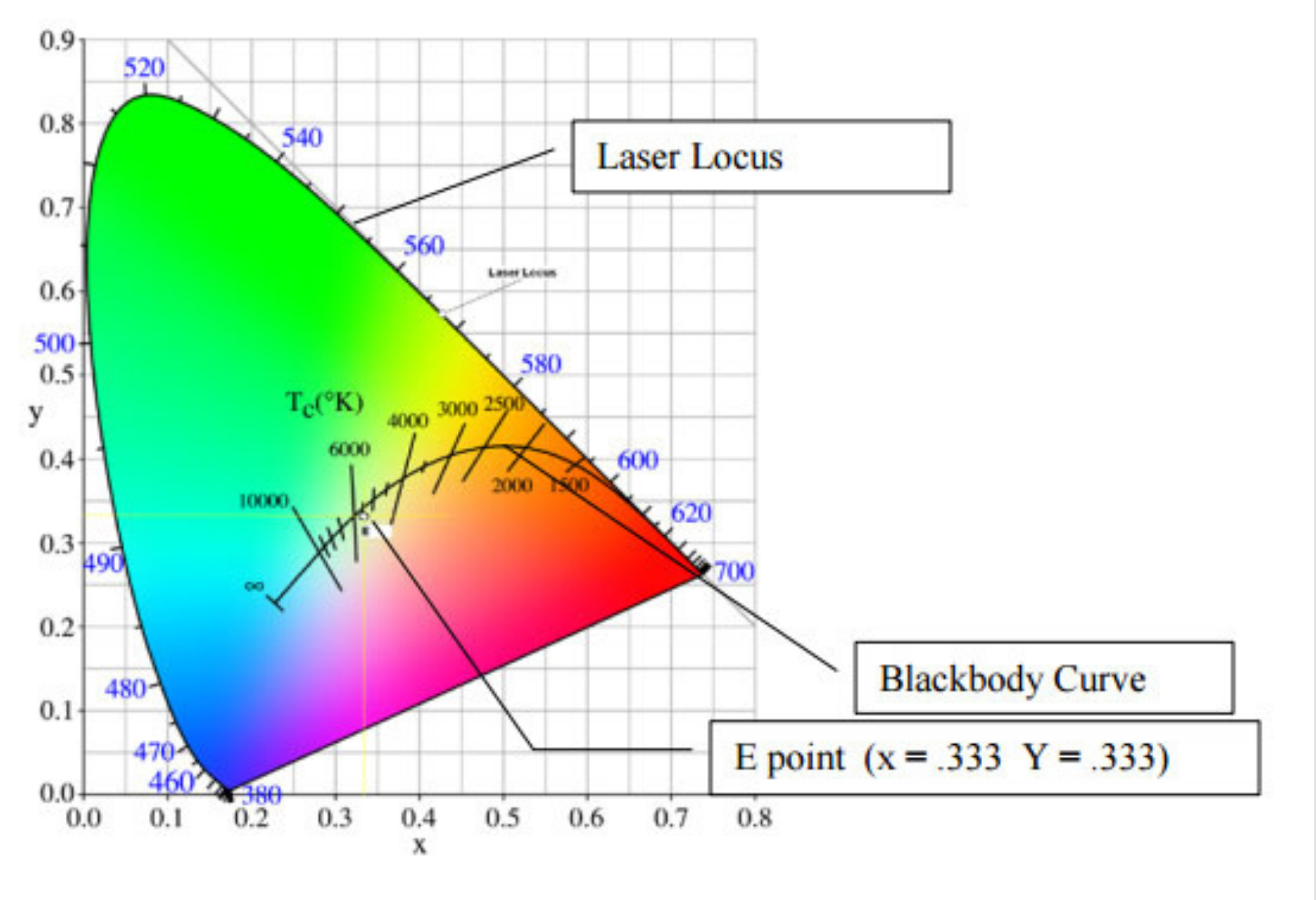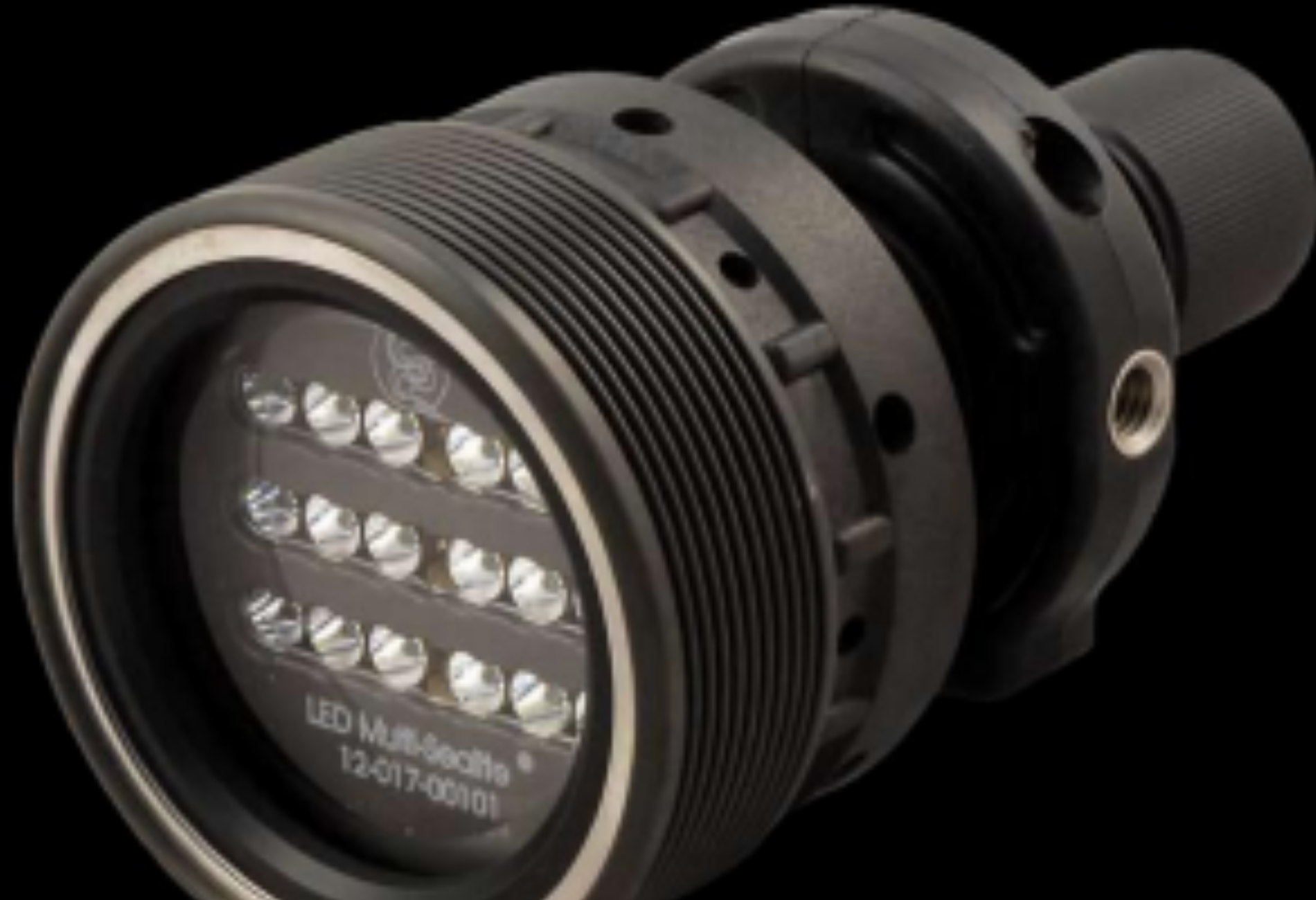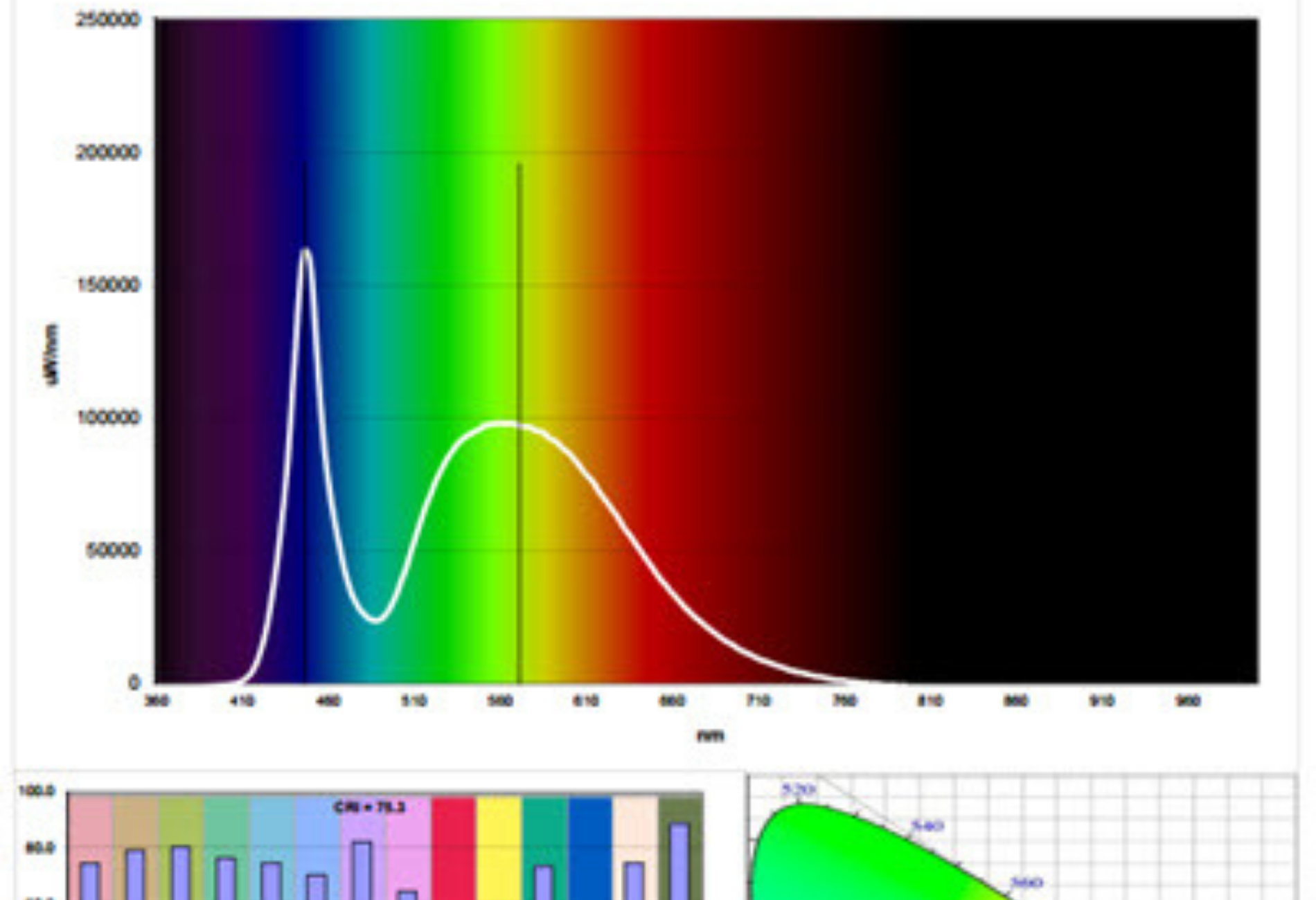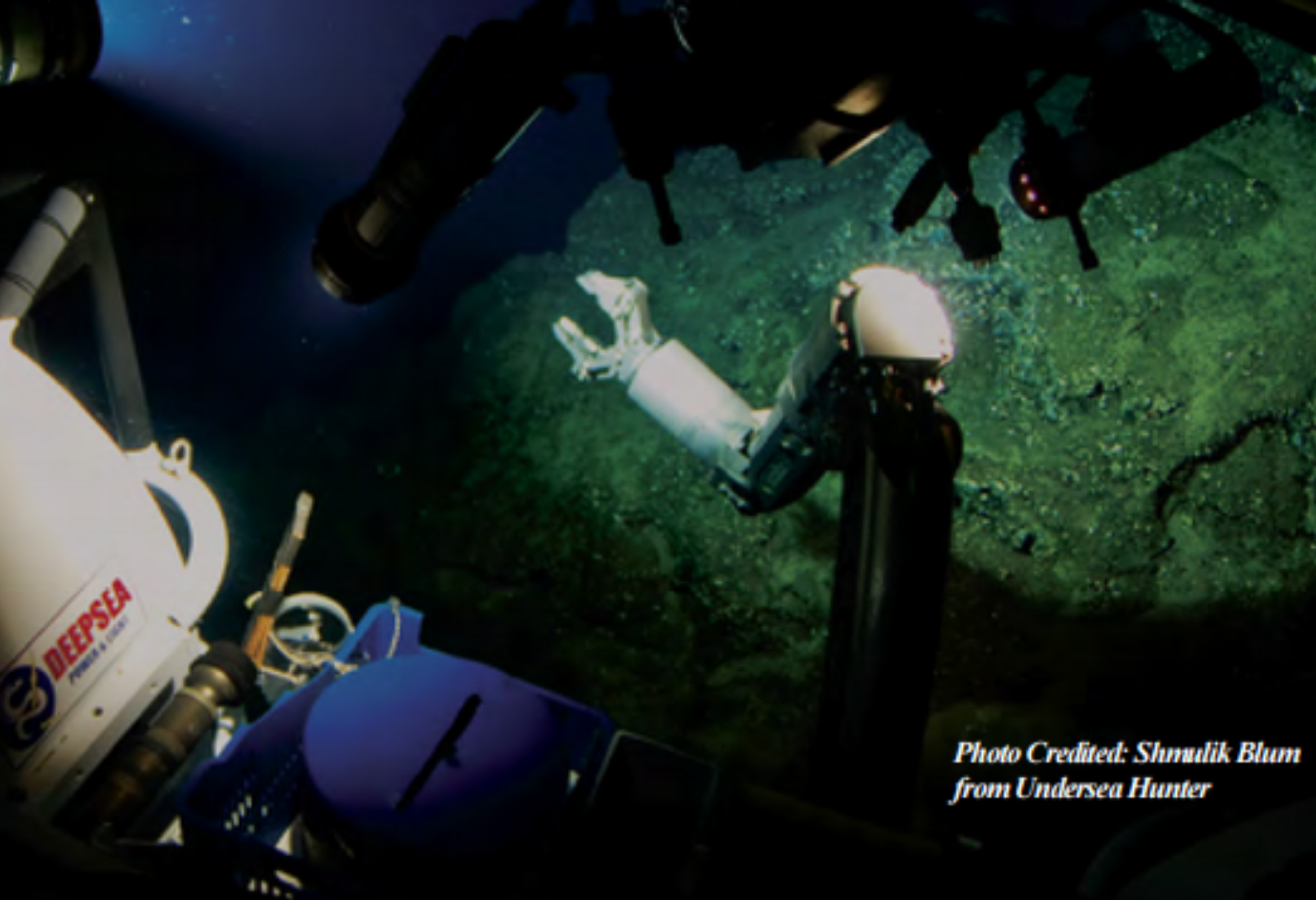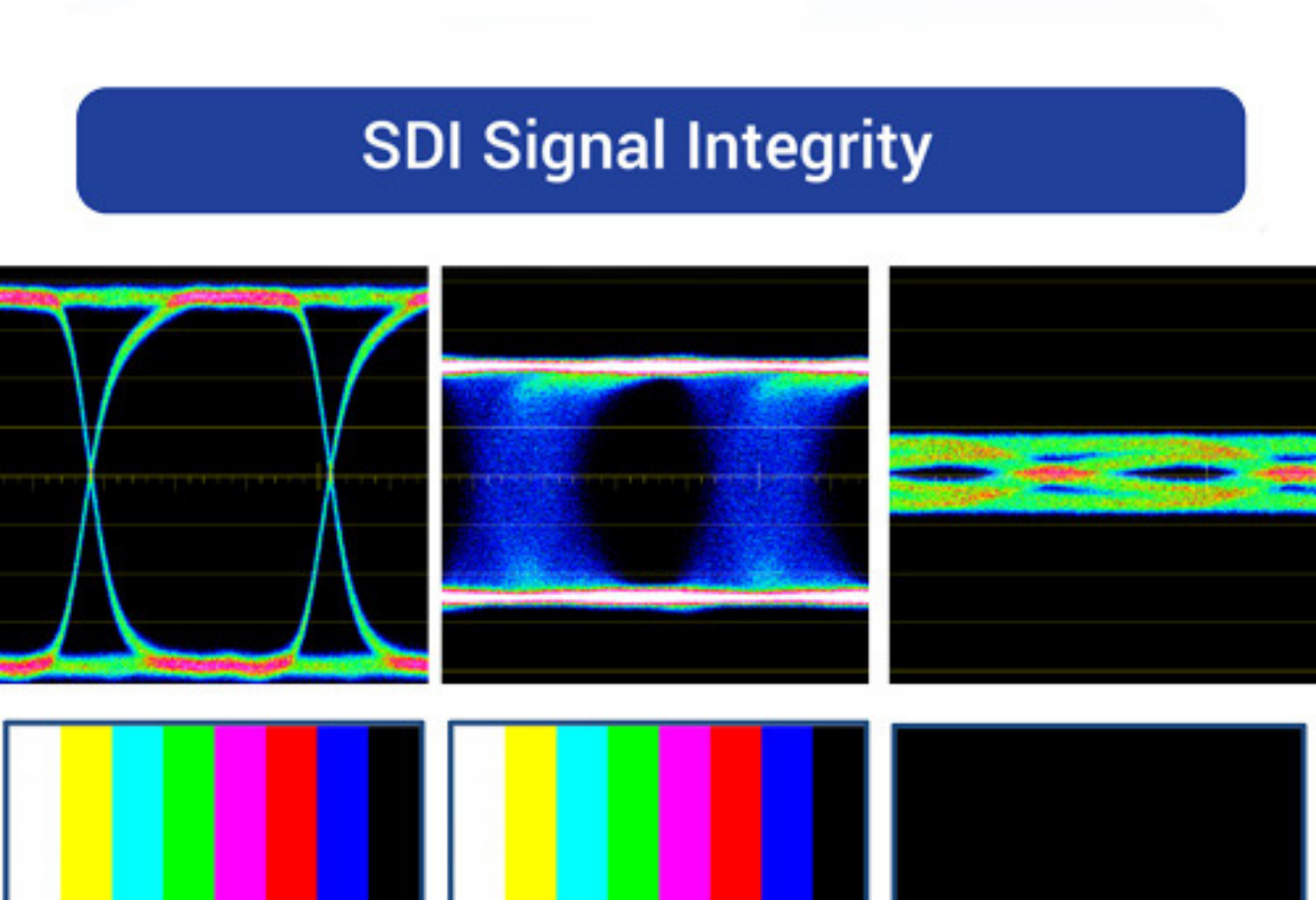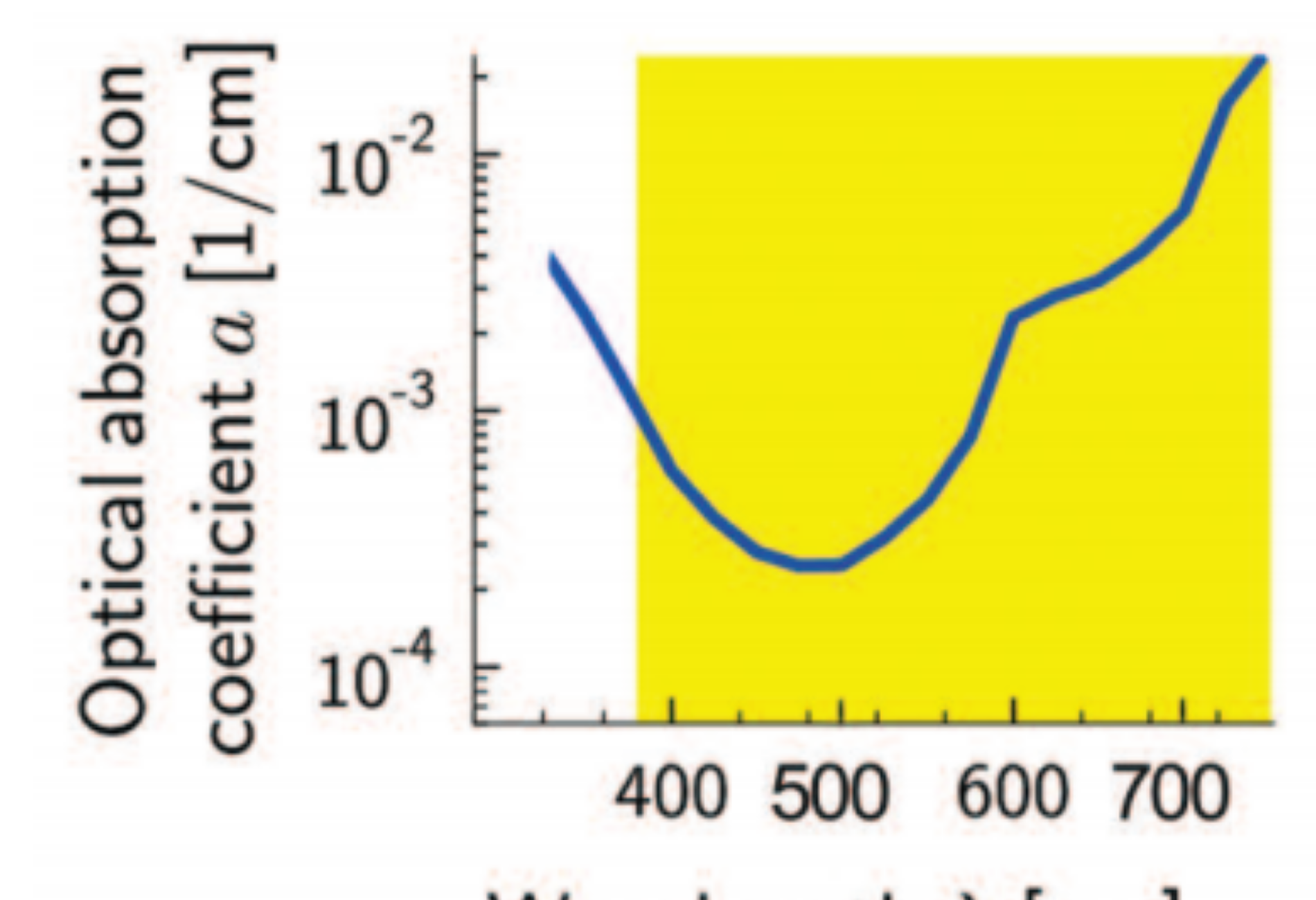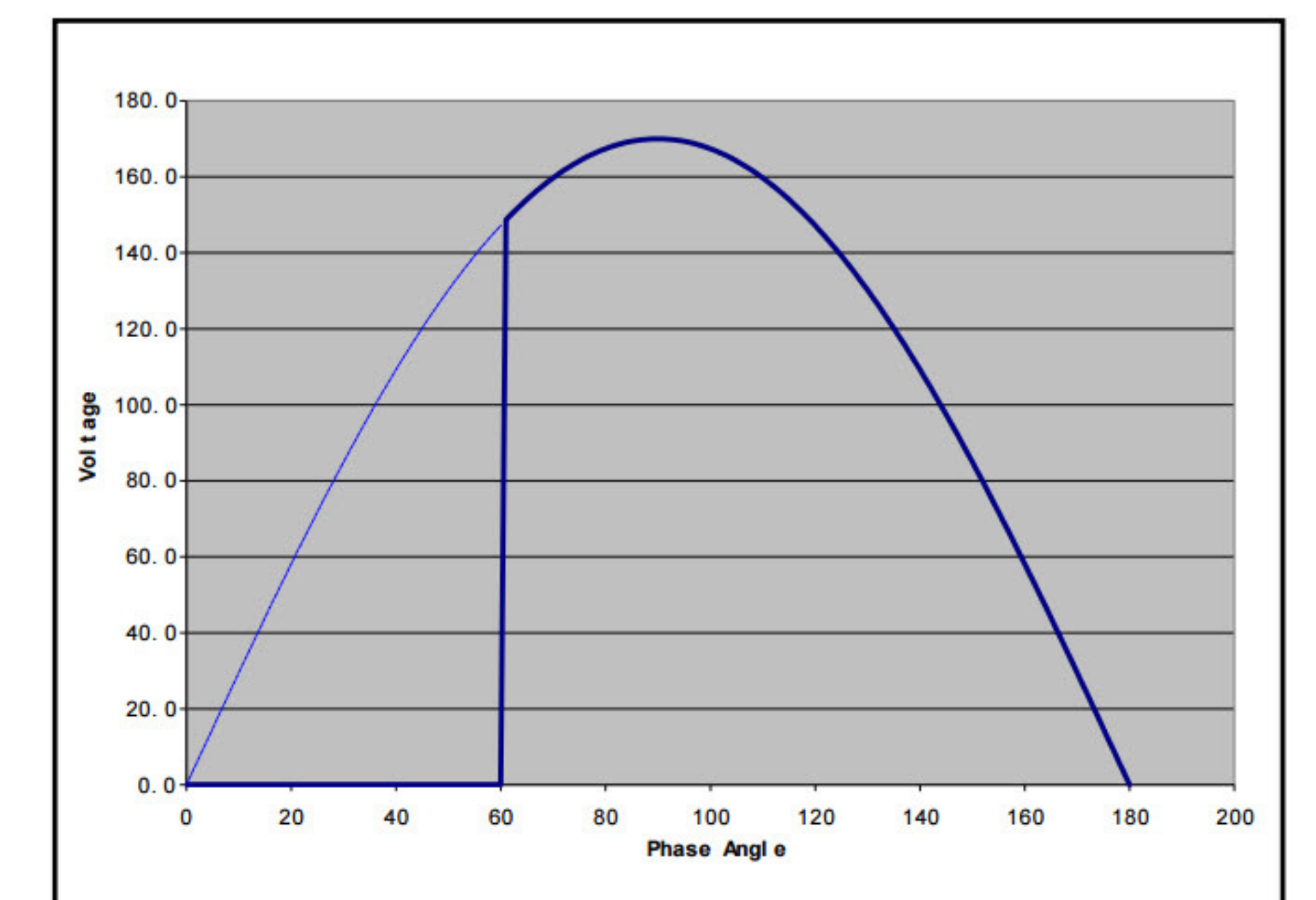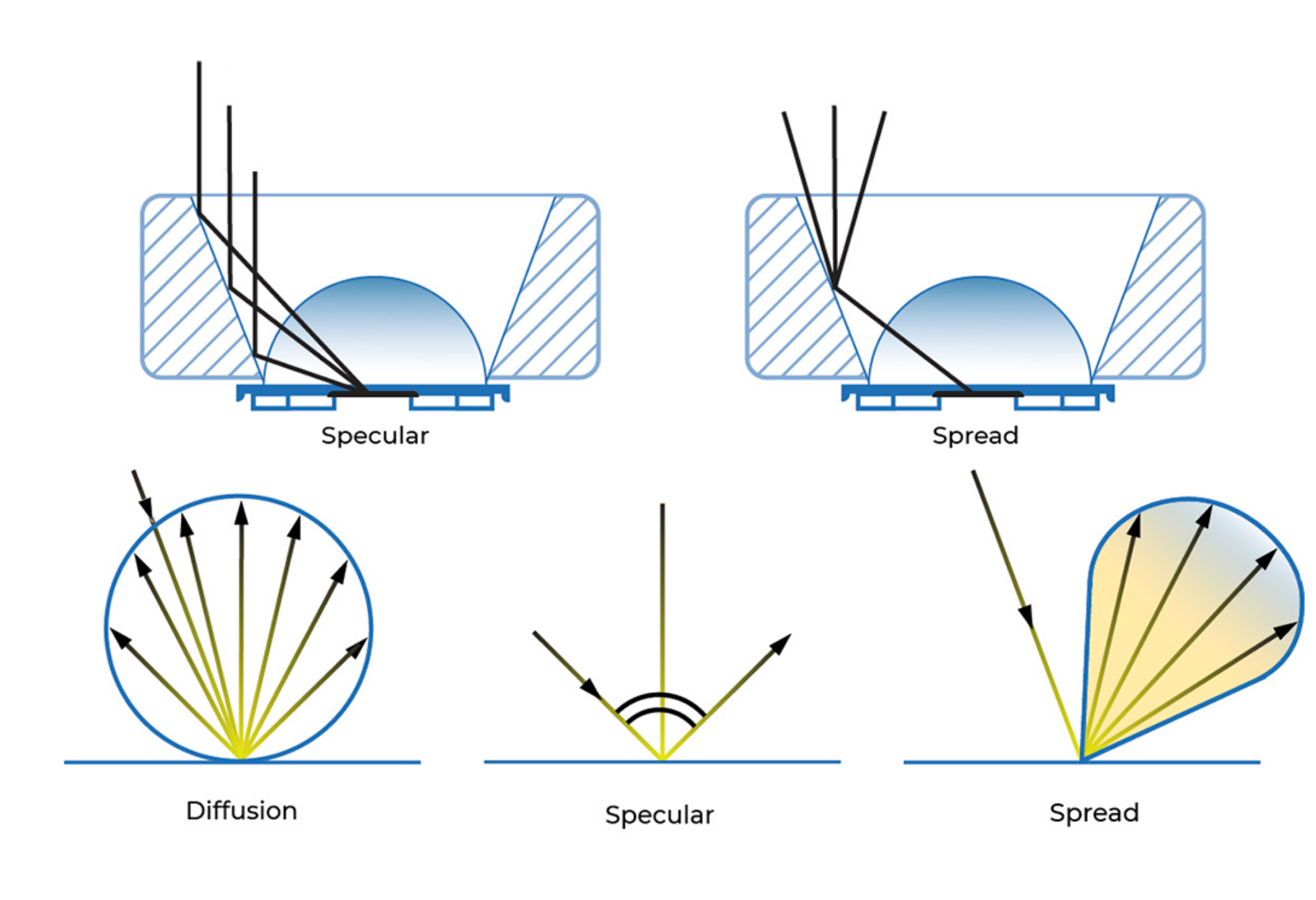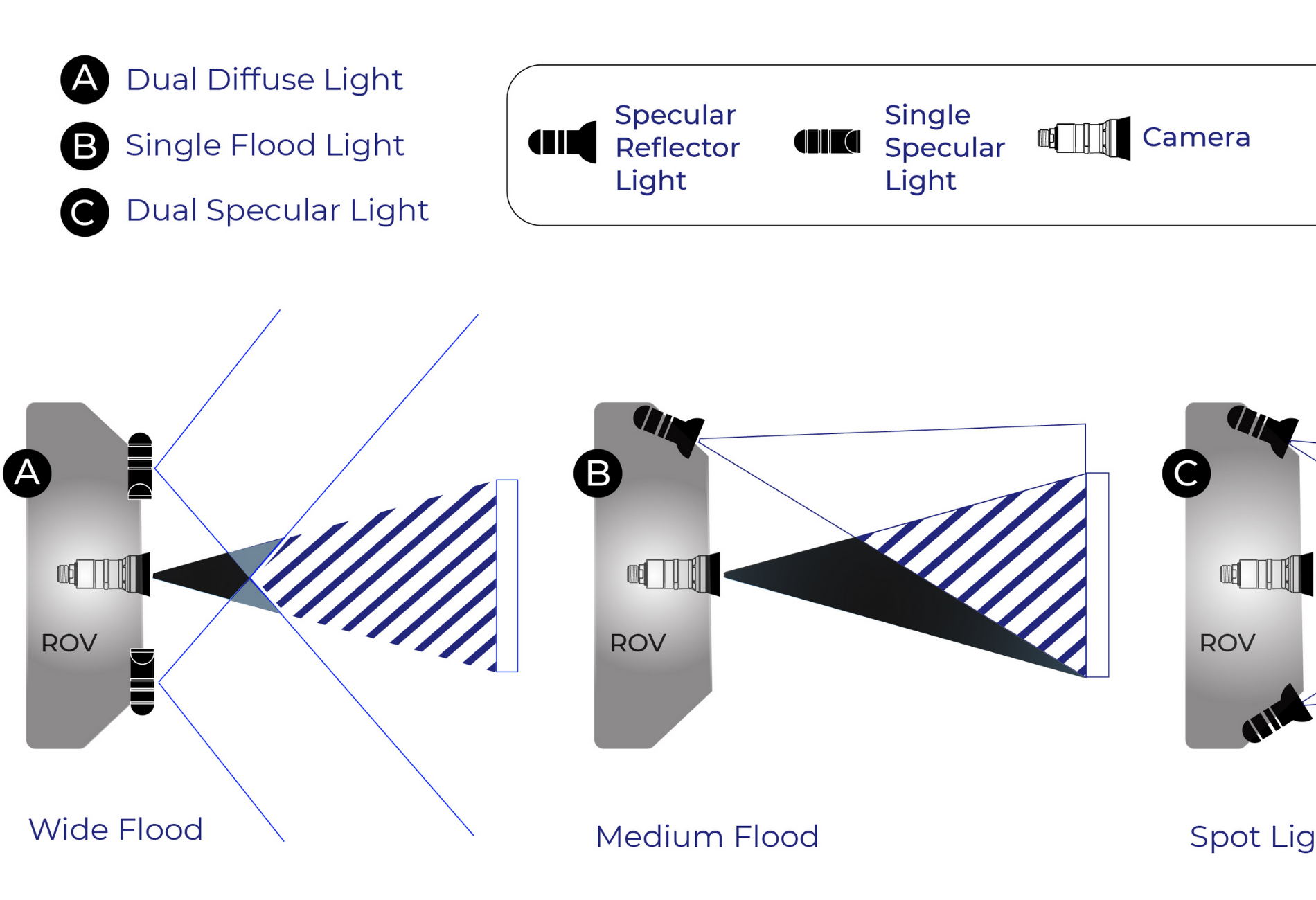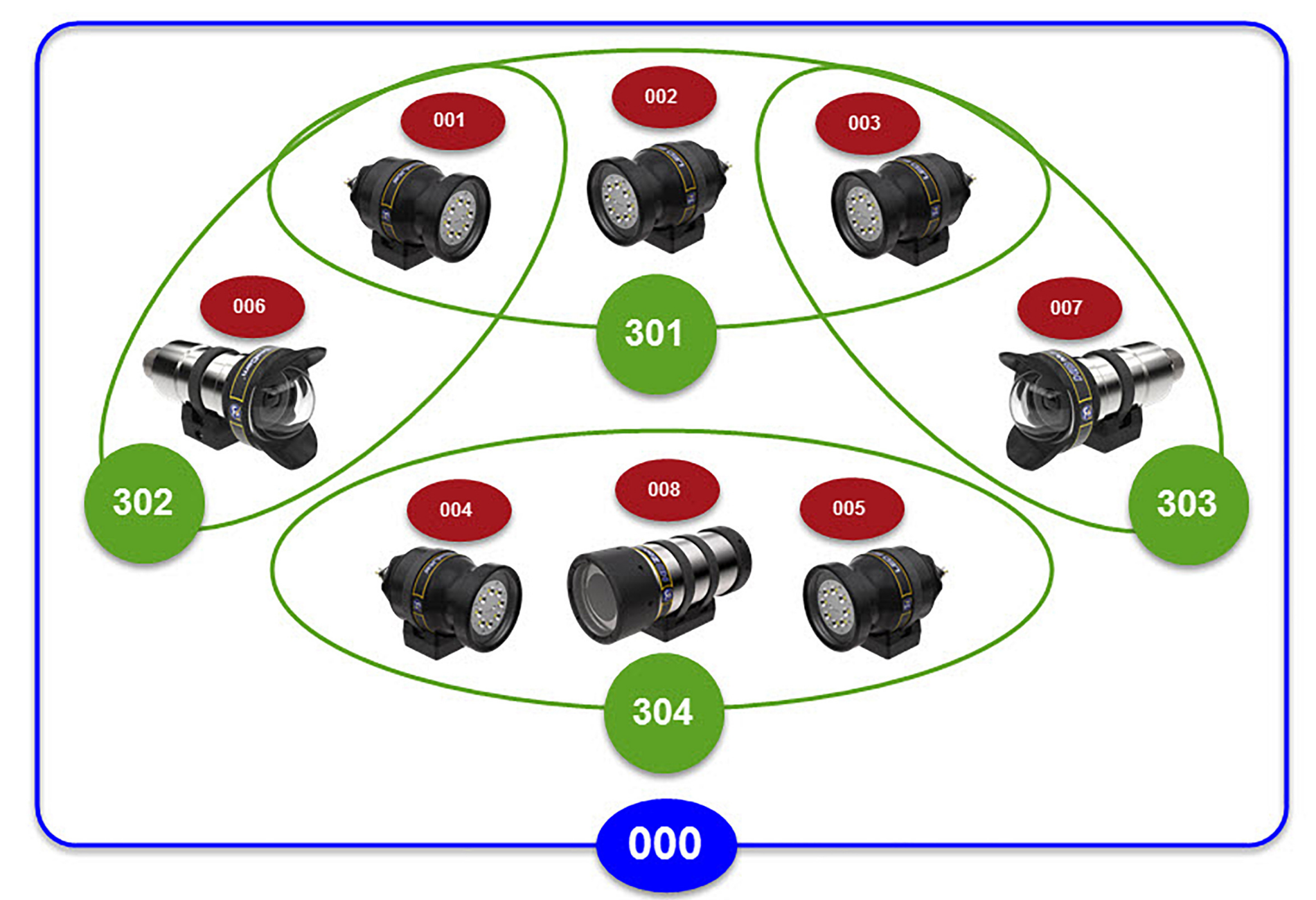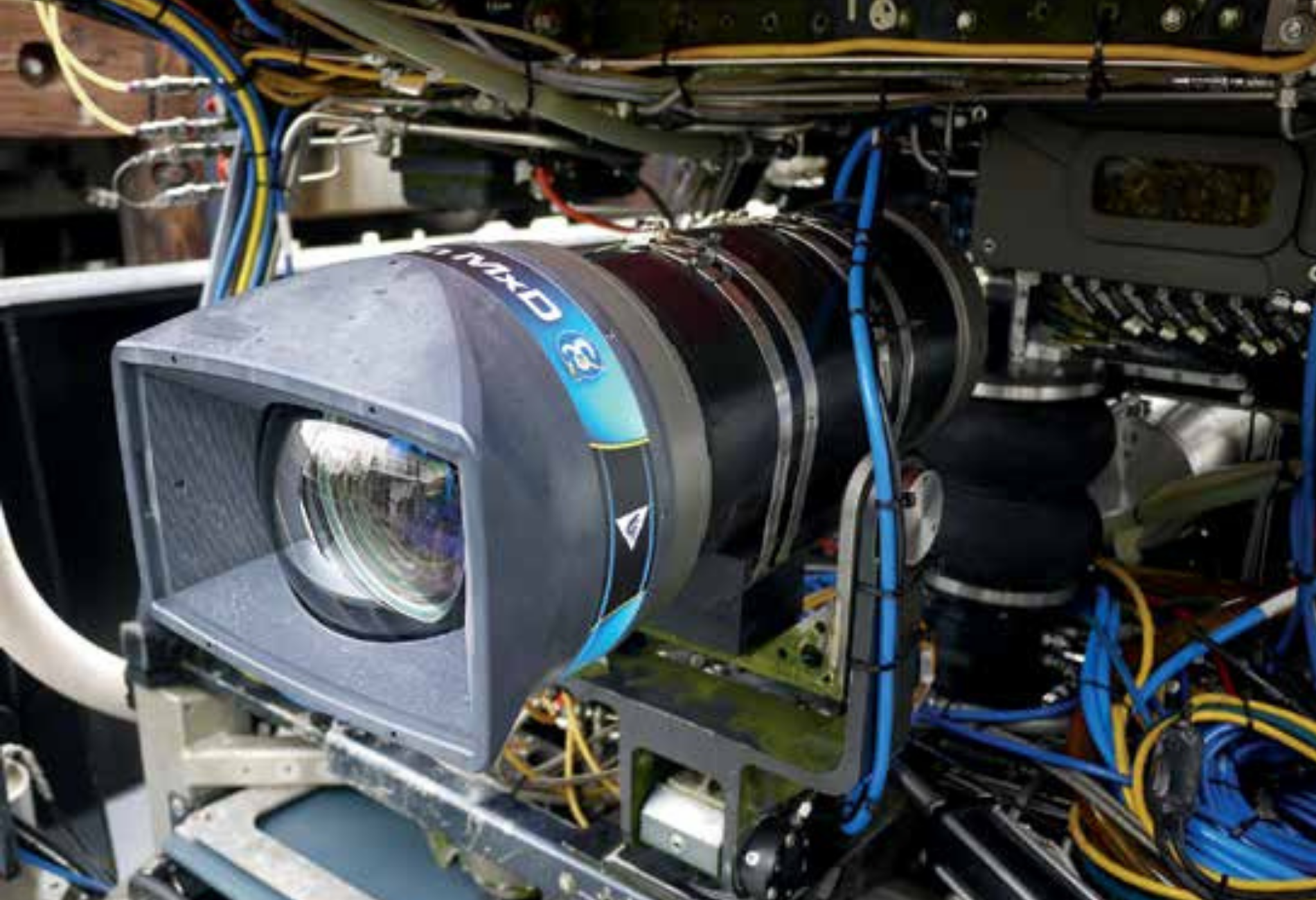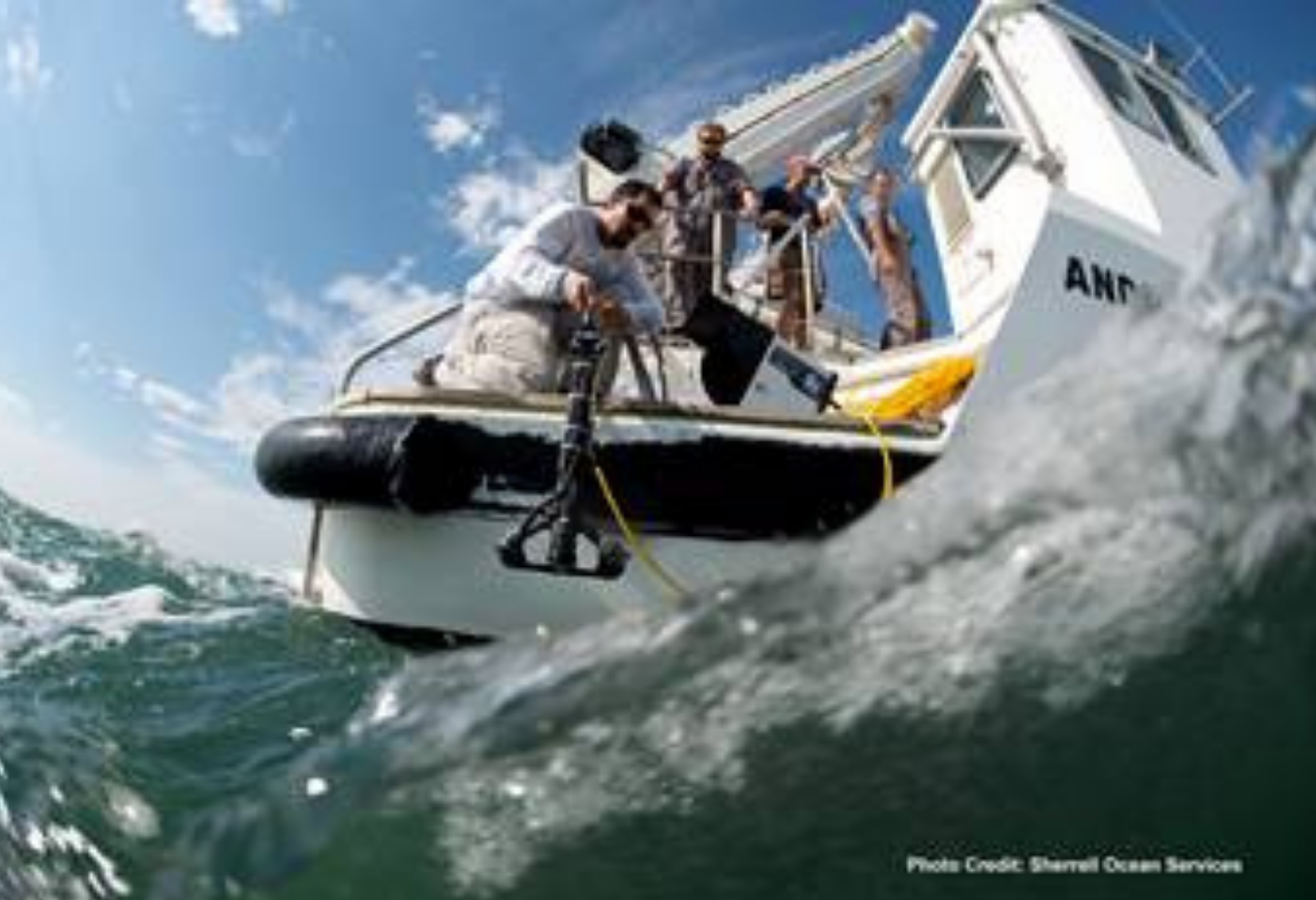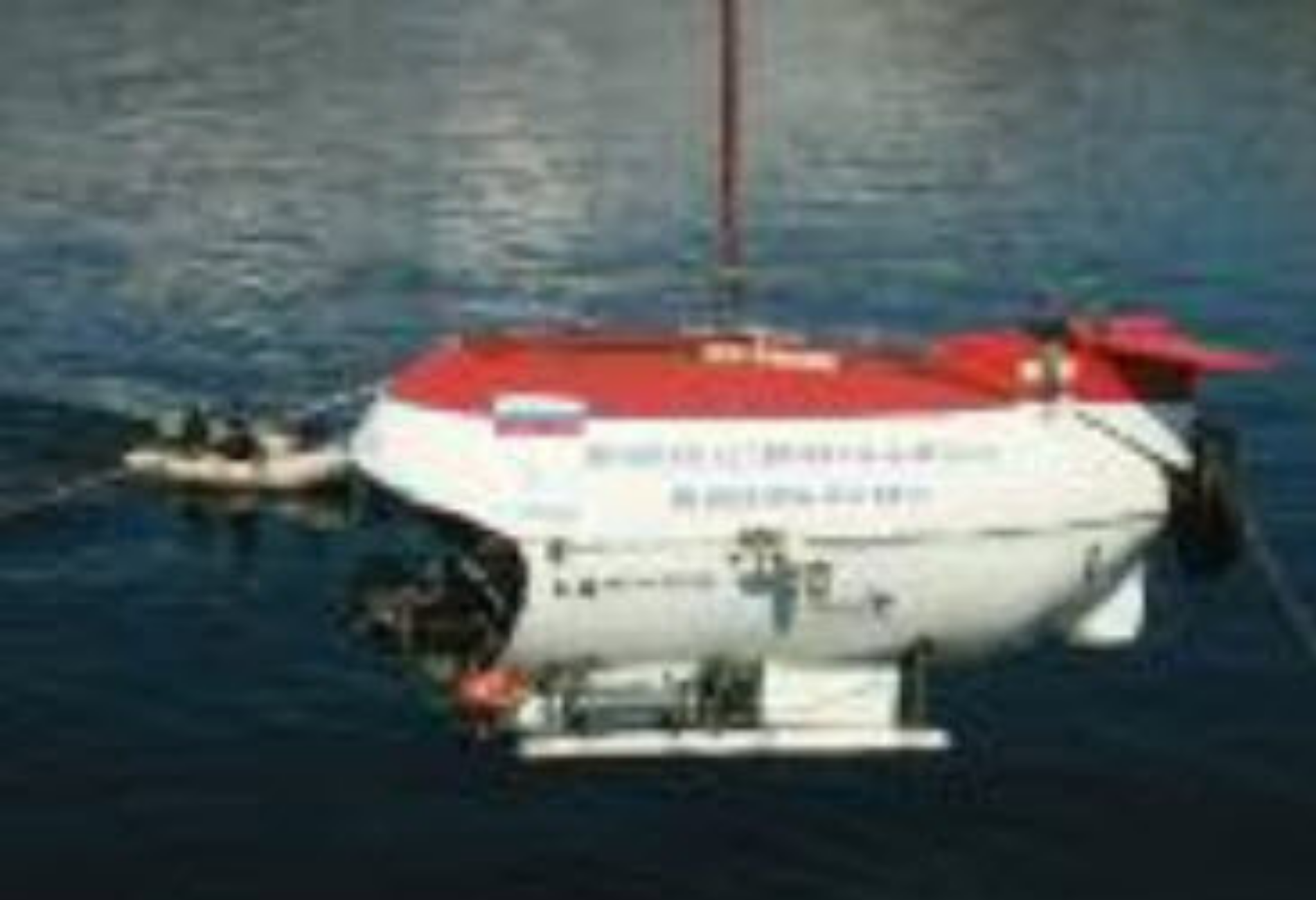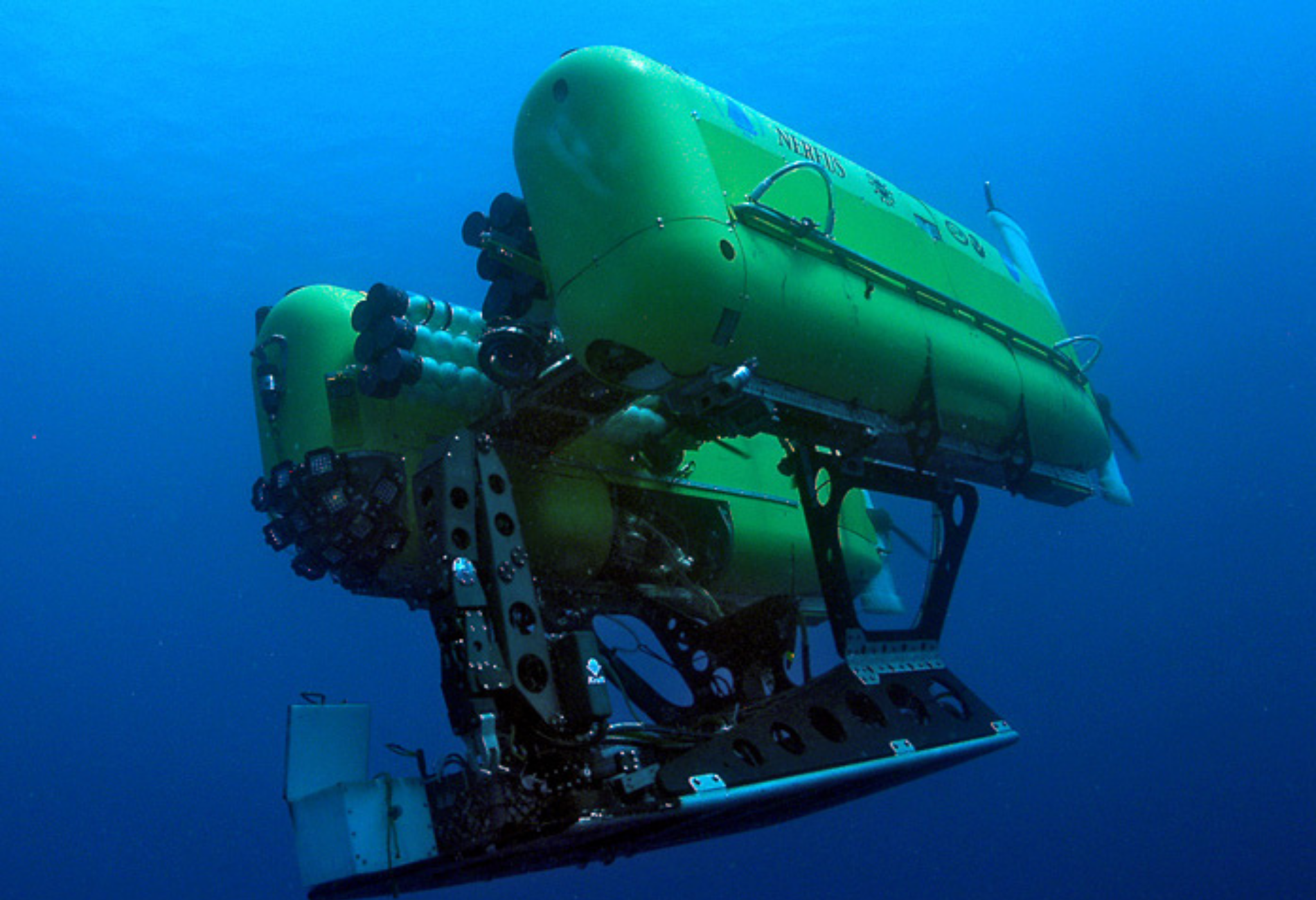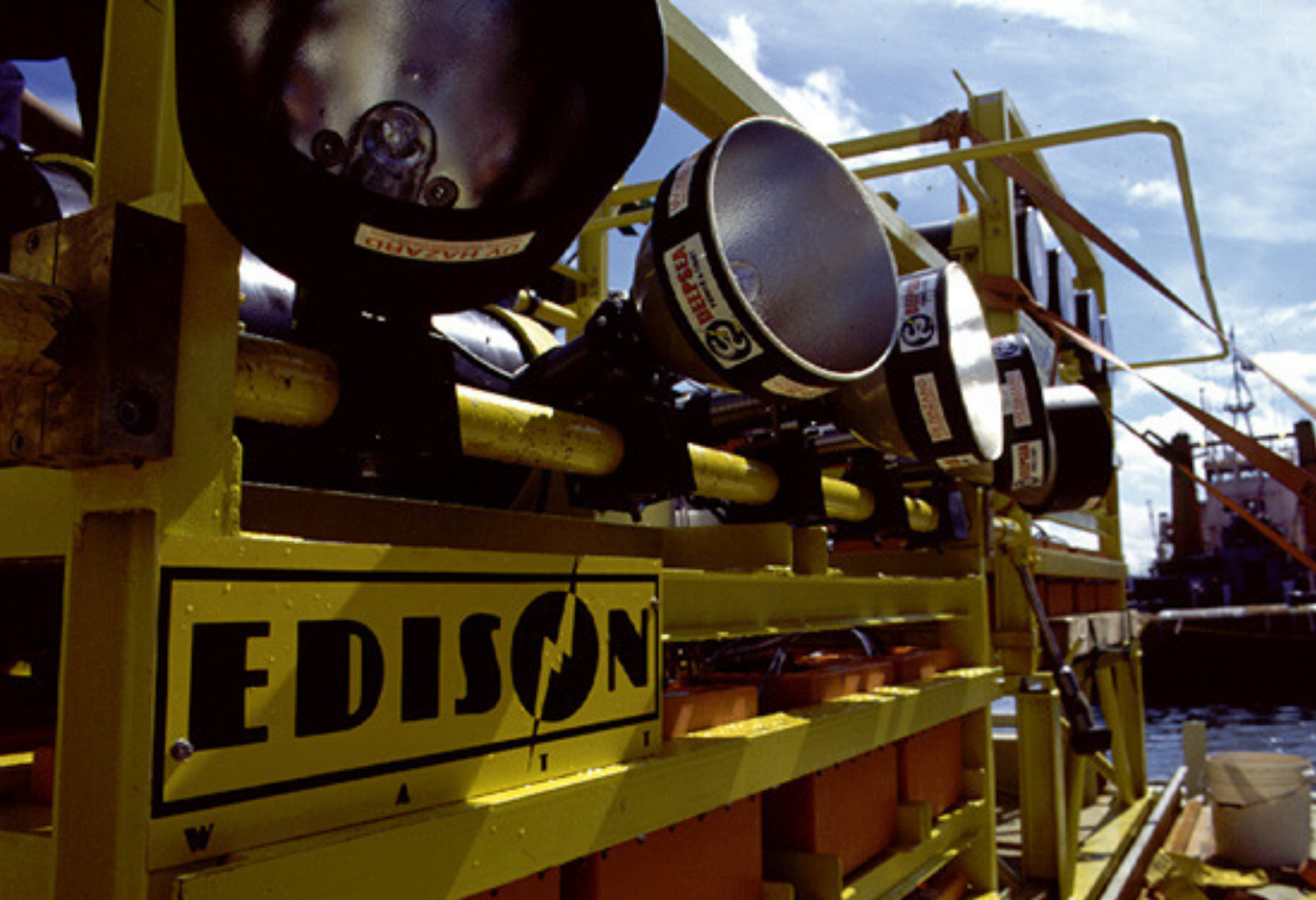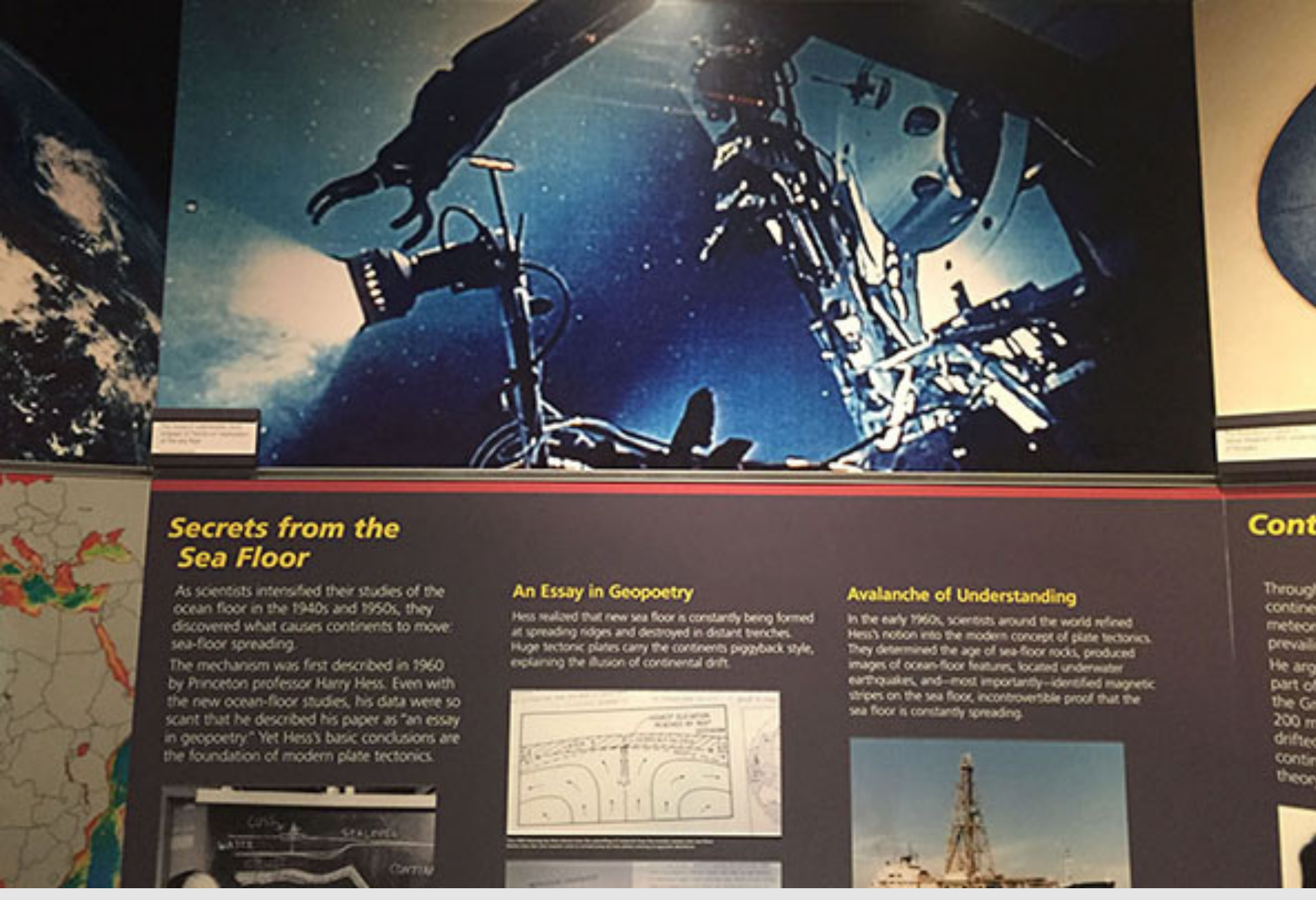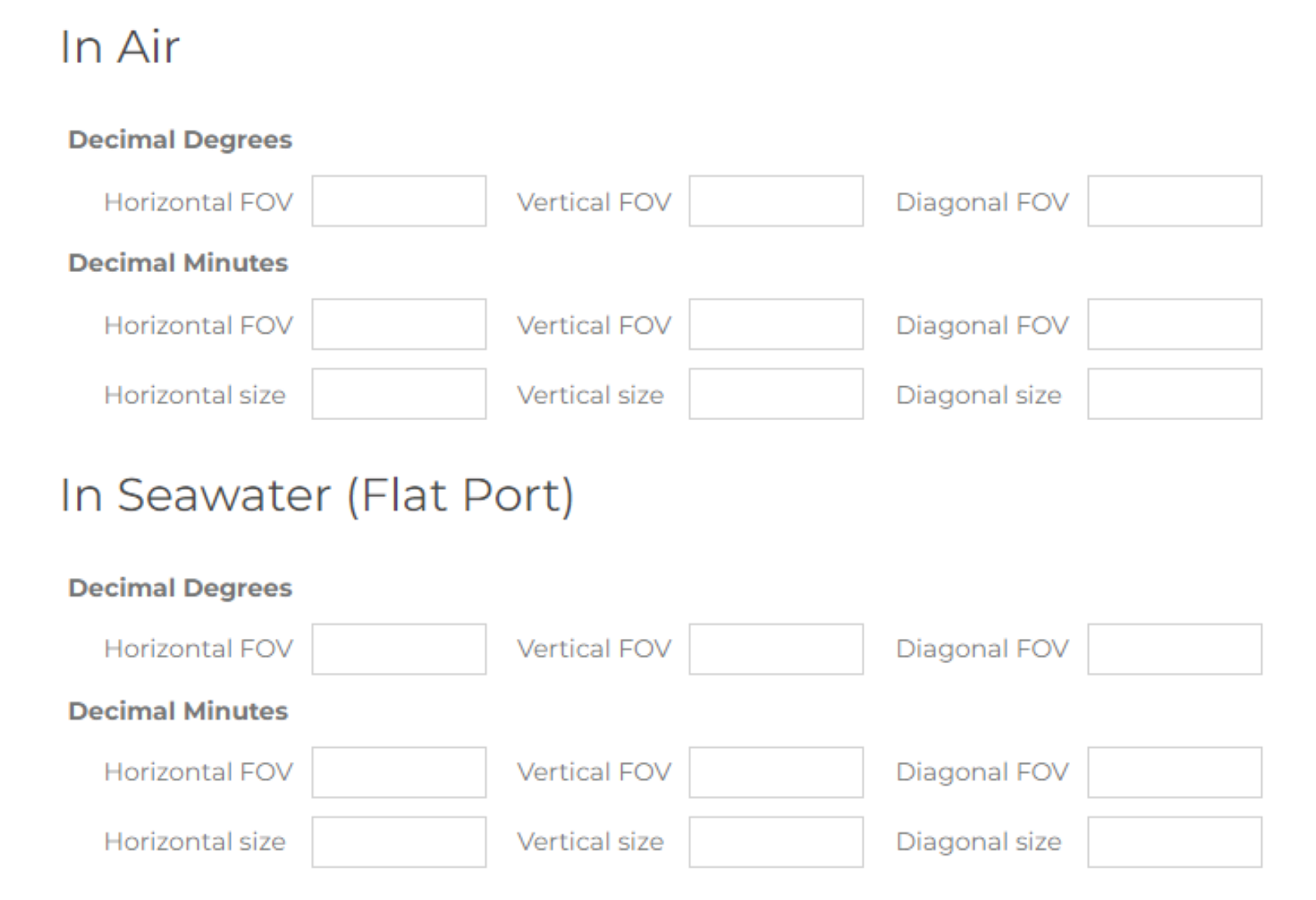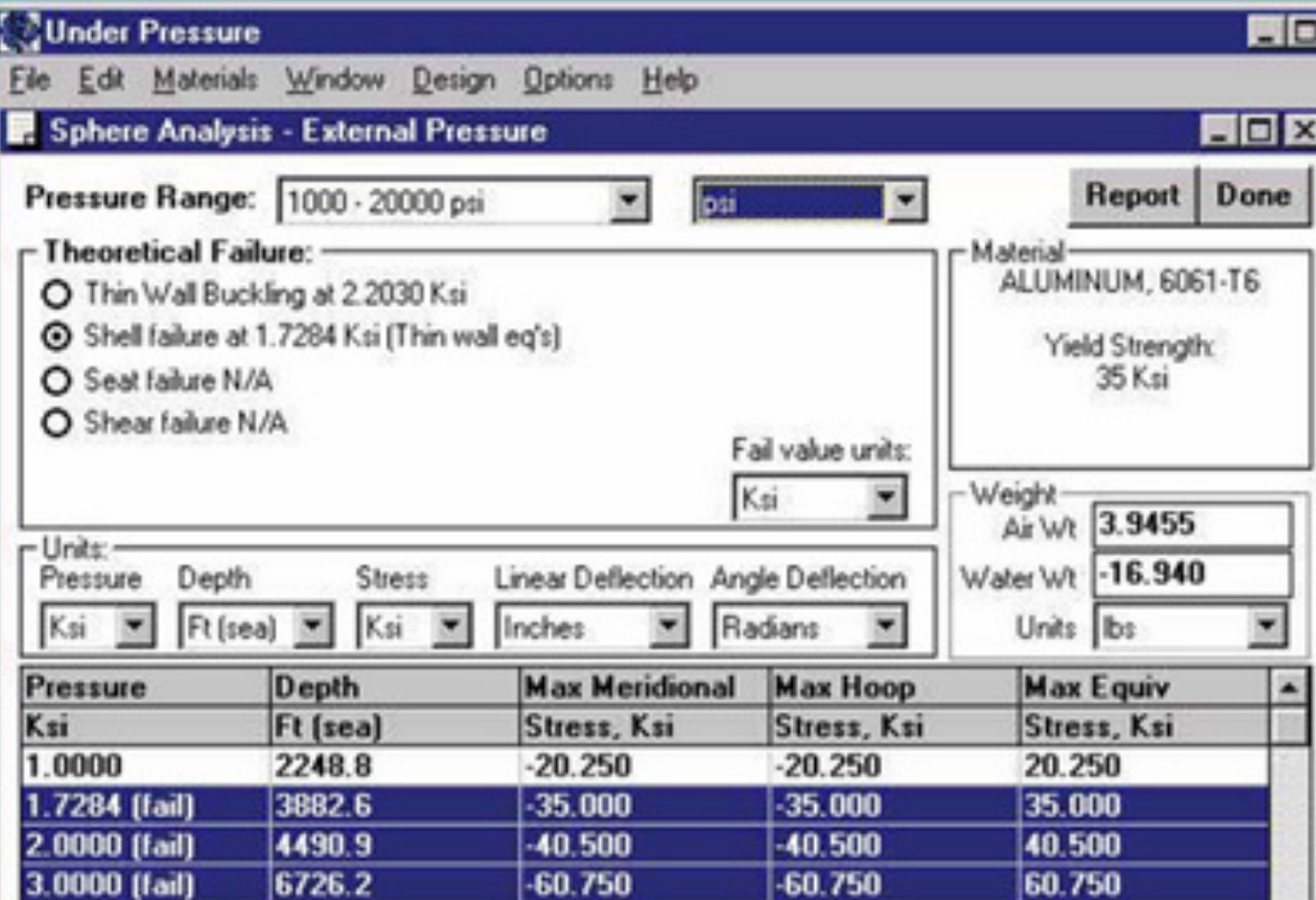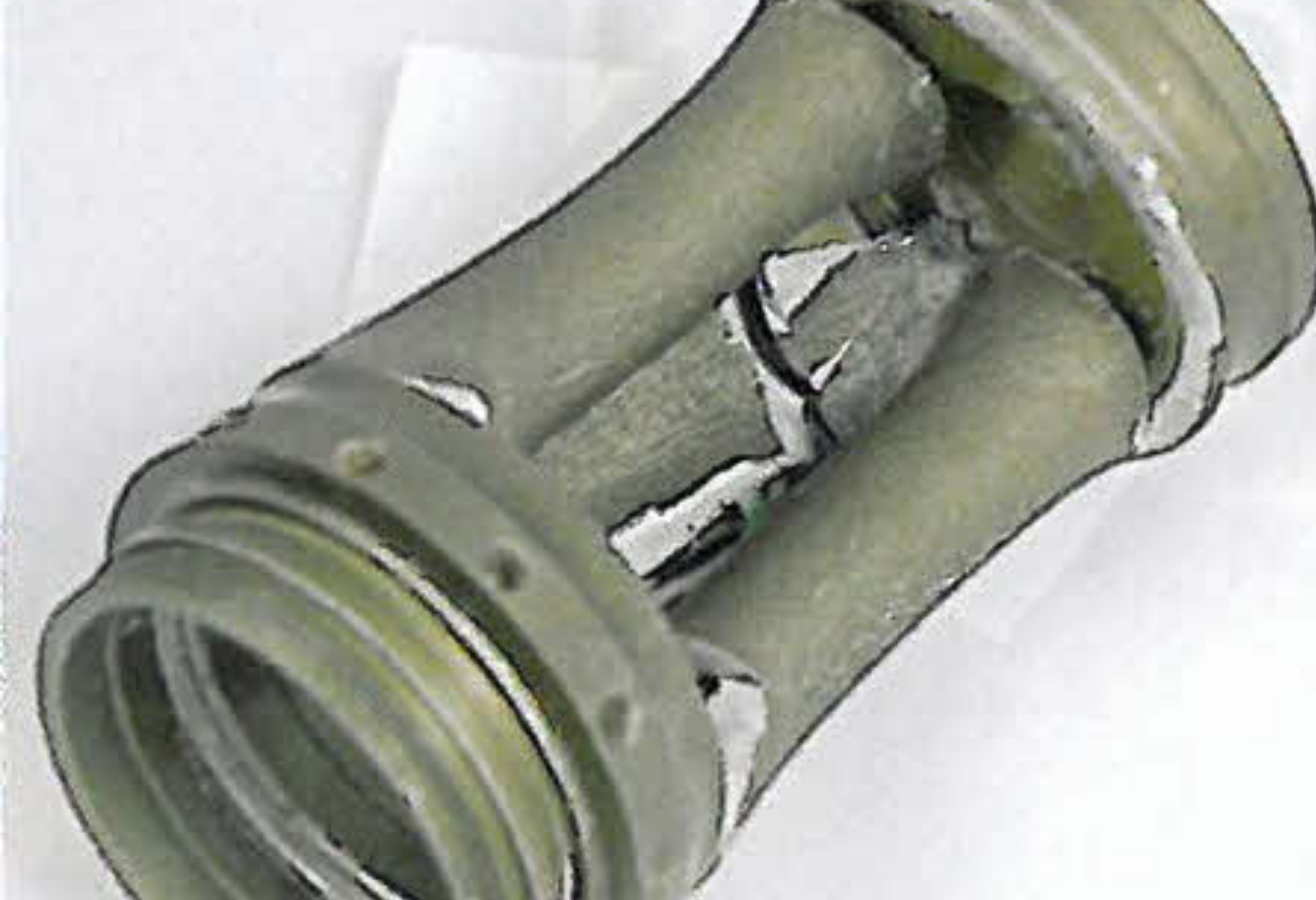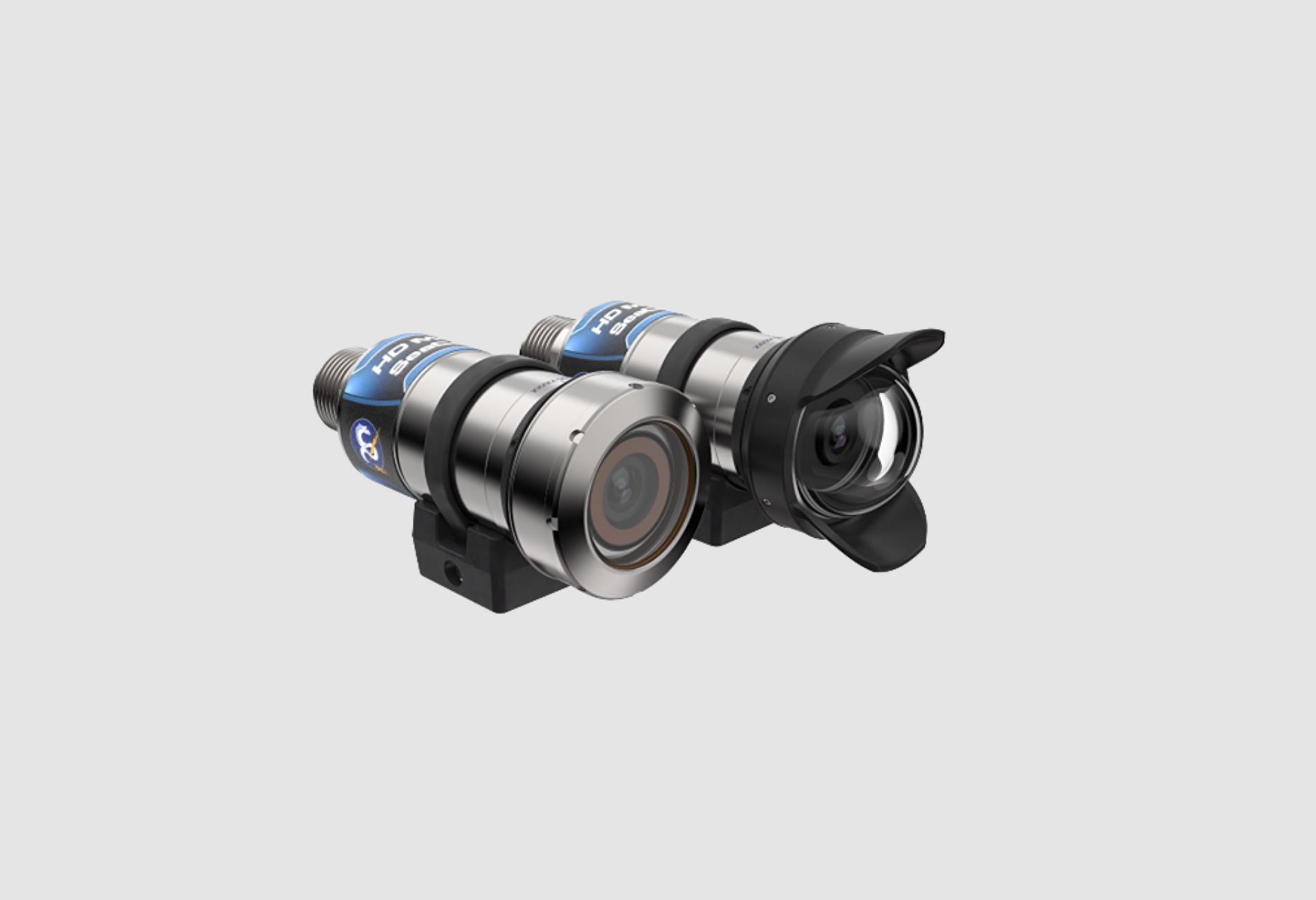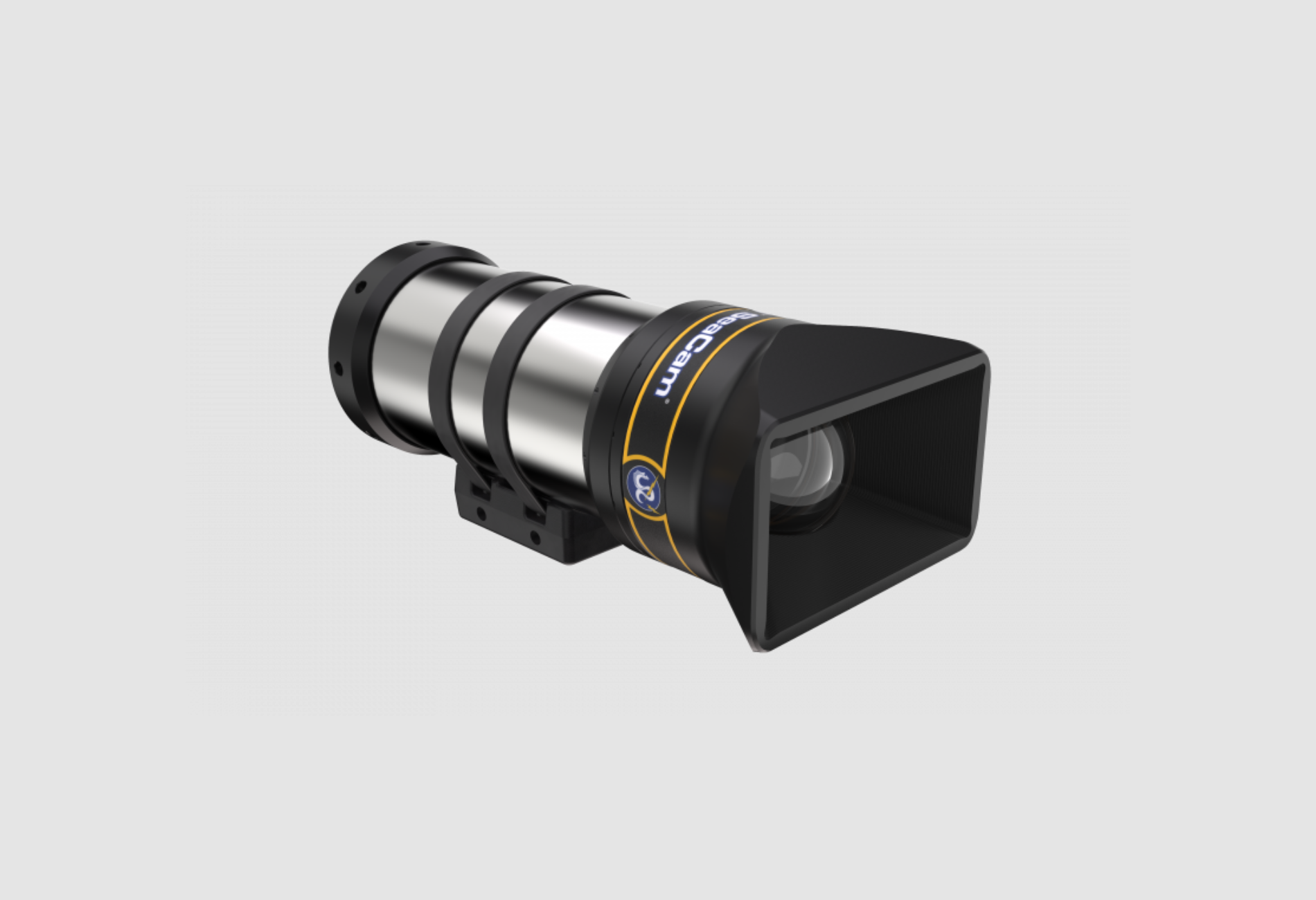Underwater Imaging
New Range of Cameras
Introducing DeepSea's groundbreaking SmartSight MV1 imaging system - a cutting-edge solution designed for autonomy, machine learning, artificial intelligence (AI), and other machine vision applications.
Preserving The Past: 4K Imaging Shines Light On SubSea Historical Artifacts
In March 2022, subsea explorers made a profound discovery at a depth of 3,008 m (9,869 ft) below the surface of the Weddell Sea’s icy Antarctic waters. The Endurance22 Expedition, supported by the Falklands Maritime Heritage Trust, located the wreck of the Endurance, a wooden ship that sank off the coast of Antarctica in 1915 after getting trapped in the pack ice.
Advancements in Subsea High Definition Imaging
This article discusses how these philosophies are applied to our development of High Definition imaging systems, including FleXlink technology.
LEDs are Now the Choice for Underwater Lights
Properly designed underwater LED lights can be “plug & play” replacements for halogen lights.
Color Purity of LEDs
The term “Color Purity” often invites inquiries from customers viewing the spectral graphs generated by our integrating sphere. Color Purity was specifically created for LEDs with the 1997 CIE 127 Document and does not apply to any other type of light source, such as HID, HMI, CFL, or incandescent.
Recent Advances in Deep Sea LEDs for the Offshore Industry
Manned vehicles, ROVs, and Saturation Divers are adopting Light Emitting Diodes (LEDs) as powerful and durable light sources. Developments continue to follow the rapid evolution of LEDs for general topside illumination. Our engineers have devised compact ocean optics, both reflectors and lenses. Successful pressure compensation of both LEDs and driver electronics foretell future designs in diver and vehicle lighting.
Underwater Lighting
True Lumens Report: Accurate Lighting Data Guaranteed
We ship a True Lumens Report with our SeaLite Sphere, Lumos, and Nano lights. You can count on the lumens output and emitted color matching our design specifications for every unit.
Understanding the Basics of Underwater Lighting
Learn how light propagates through the deep depths.
Technical Resources
Subsea High-Definition Video Systems
A technical discussion of the challenges and solutions for High Definition (HD) video systems in subsea applications contrasted against traditional analog technology.
Diode Lasers in Underwater Applications
Diode lasers are particularly well suited to marine applications because of their insensitivity to vibration, long life, compact size, wide input voltage, and instant restrike.
Advanced Underwater LED Power Supply and Light Control
While great attention is given to LED solid state devices during their rapid evolution, they are just one component in a larger electronic circuit.
Underwater Light Reflector Design
Two of the most important performance parameters for underwater lights are beam control and beam angle, both of which are primarily functions of reflector design rather than lamp type.
Optimal Lighting Geometry for Underwater Lights and Cameras
Following ideal reflector design, the placement of an underwater light, or "luminaire", relative to the camera will have the greatest affect on image quality, due to "Common Volume Scattering," which can result in backscatter in the present of suspended particles or organisms.
SeaSense™ Serial Protocol: Improved Control
As seen in Ocean News & Technology, August 2017
Products In Use
The Future of Subsea Imaging is a Vision of Collaboration
Collaborating on the Future of 4K Subsea Imaging In 2018, scientists and engineers at the Monterey Bay Aquarium Research Institute (MBARI) began researching upgrades to their high-definition camera systems on the 1,800-meter ROV Ventana and the 4,000-meter ROV Doc Ricketts.
DVS-300 Invades Normandy
Our diver video system, DVS-300, assisted in creating the largest and most precise archaeological map of the five invaded beaches in Normandy to commemorate the 70th anniversary of D-Day.
New Discoveries in Lake Baikal by the MIR Submersibles
The MIRs have provided stable light and camera platforms for the making of well known deep ocean films, including James Cameron’s Titanic, Bismarck, Ghost of the Abyss, IMAX Titanica, Al Giddings’ Treasure of the Deep, and BBC’s Blue Planet.
DeepSea Supplies Ceramic Flotation for HROV Nereus Project
The Nereus was a hybrid ROV built by the Deep Submergence Lab at WHOI to design the deepest parts of the ocean. We designed and manufactured ceramic floatation for the project.
The Edison Towers
Our SeaBatteries and HMI Lights were used to illuminate the Titanic for a live video feed to two cruise ships that were part of a 1996 expedition.
HMI Light with Alvin Featured at Smithsonian Museum
The Smithsonian National Museum of Natural History features an image of Alvin’s manipulator arms with our HMI SeaArc® lights attached.
Design Tools
Lens Field Calculator
Our lens field calculator is a complimentary web-based design tool for calculating video camera lens field of views in air and in seawater.
Under Pressure™ Design Software
Under Pressure is a downloadable PC program that enables quick, accurate designs of pressure housing and pressure vessels.
Pressure Testing
Under Pressure: Testing Before Deployment is Integral to Success at Sea
Pressure testing has a long and storied history and remains one of the most useful tools subsea designers have available. It is a critical part of preparation but can be one of the first steps cut when resources get stretched.
Press Releases
SmartSight™ MV100 Machine Vision Camera Launches
DeepSea is excited to announce the launch of the first in its line of cameras for machine vision applications: the SmartSight™ MV100. The SmartSight MV100 leverages machine learning and AI to bring object recognition, navigation, inspection technology, and other value-add autonomous solutions to the subsea market.
DeepSea Introduces the SmartSight™ Machine Vision Camera Product Family
The SmartSight™ MV1 camera is the first in a new category of products from DeepSea designed to push the adoption and ease of implementation of machine vision systems into next-generation autonomous platforms.
DeepSea Expands Lens Offerings for the Popular HD Multi SeaCam® Family
DeepSea is leaning into the "Multi" part of the HD Multi SeaCam product family and introducing four new lens options with both wider and more focused fields of view. When initially launched, the HDMSC-4000 series cameras were available with either a 105° or 72° horizontal field of view.
DeepSea Announcing New Features for the IP Apex® and IP Optim® SeaCam® 4K Cameras
DeepSea has introduced new features for the IP Apex and IP Optim SeaCam 4K camera products, adding interfaces for an external analog camera and a RS-485 serial port that can be connected to a network of smart LED lights.
Industry Case Study: DSPL’s FlexLink®
We developed a unique transmission method for uncompressed HD-SDI video signals in subsea use known as FleXlink. After FleXlink was validated in the lab, we partnered with Woods Hole Oceanographic Institution (WHOI) to conduct field trials of the technology.
HMI Light with Alvin Featured at Smithsonian Museum
The Smithsonian National Museum of Natural History features an image of Alvin’s manipulator arms with our HMI SeaArc® lights attached.


